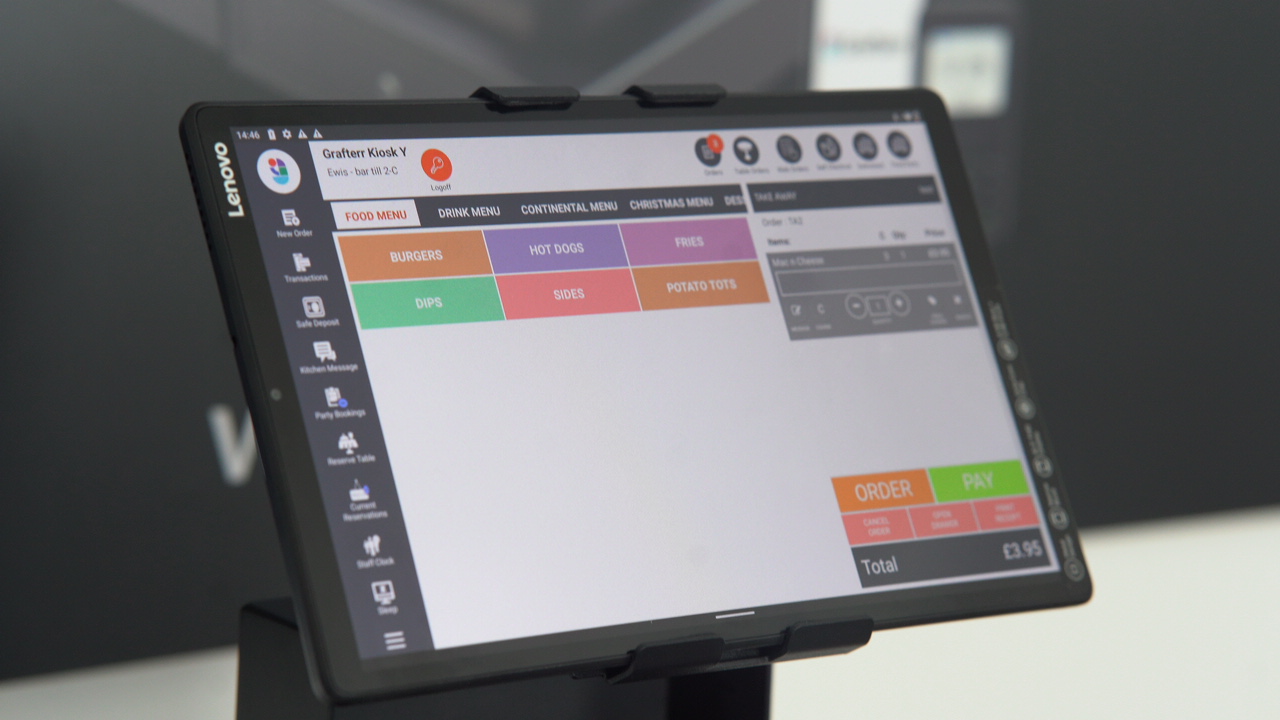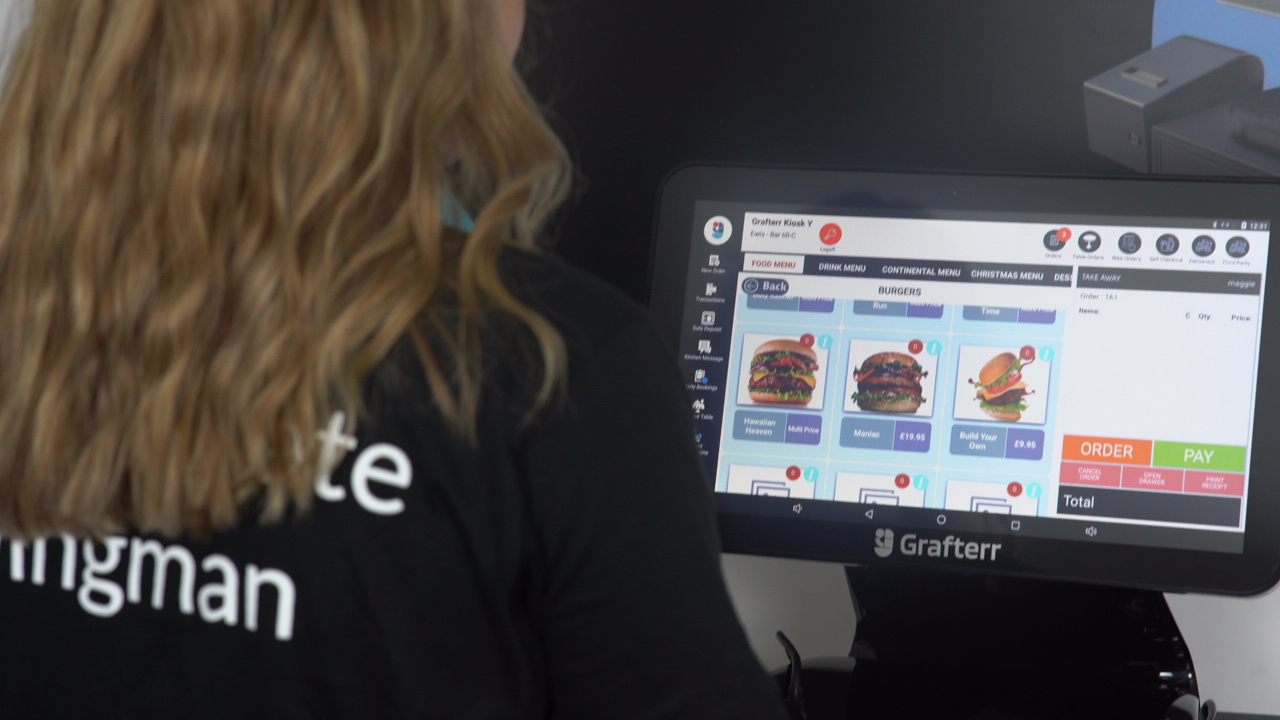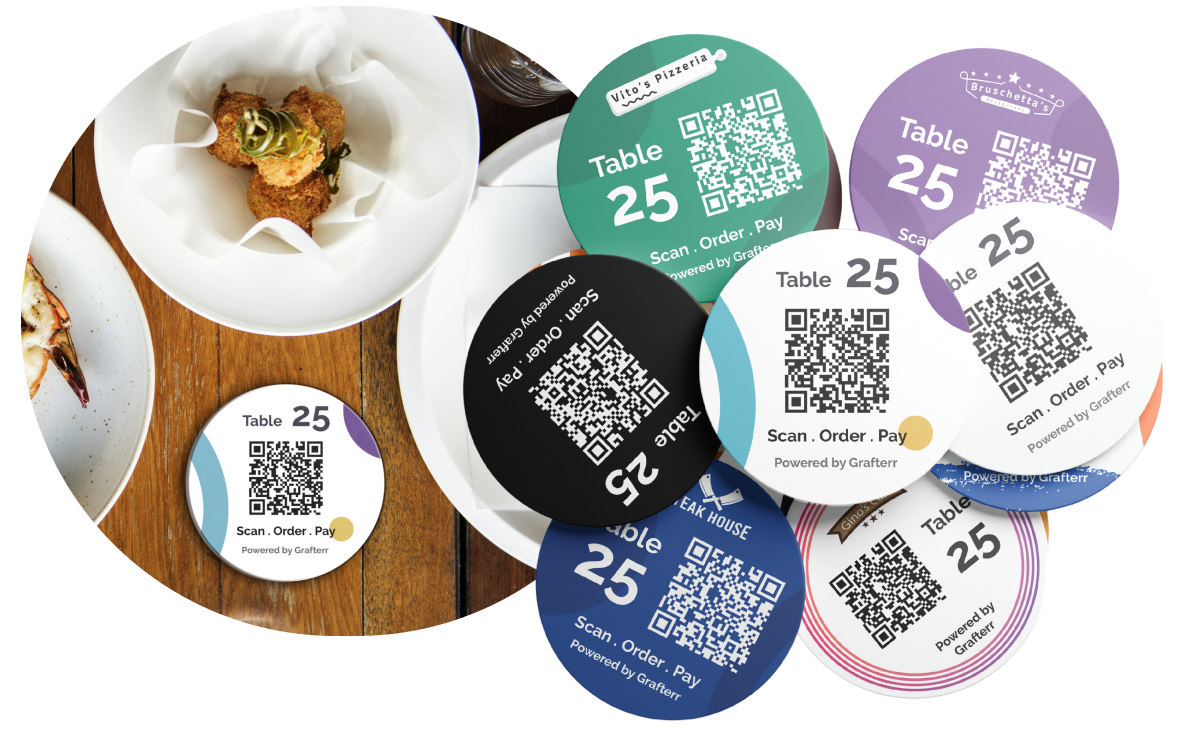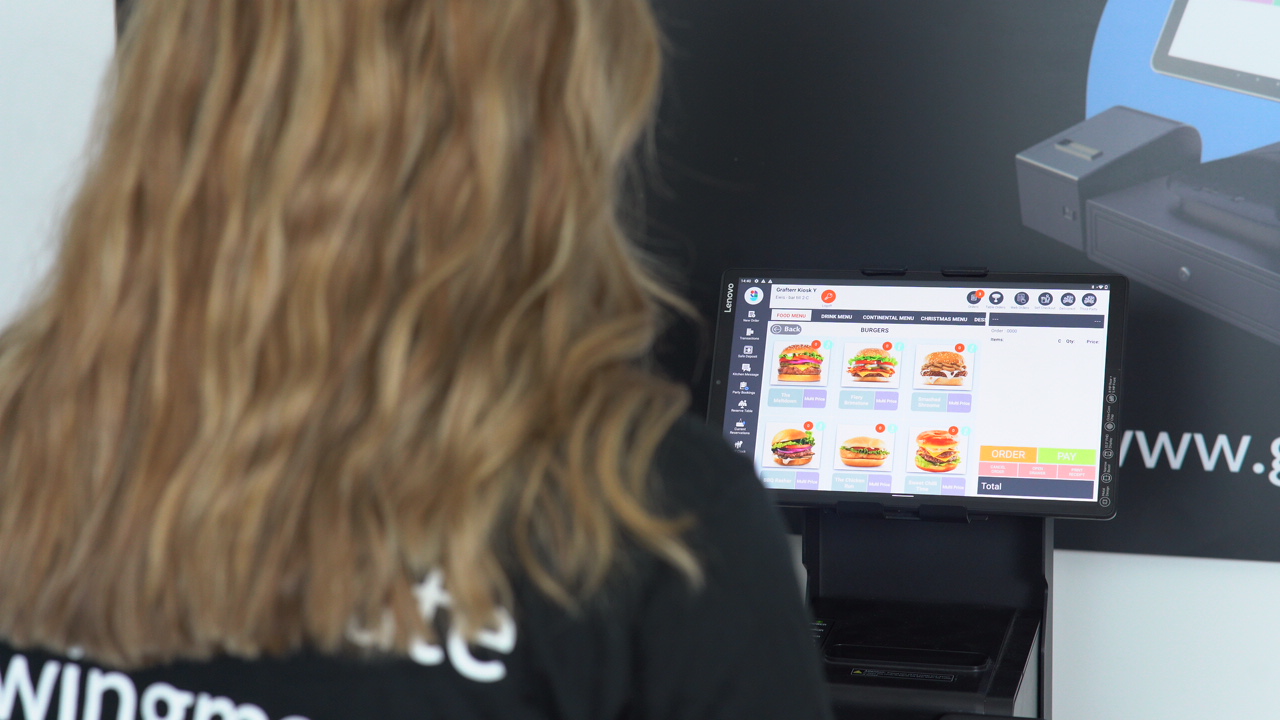In today’s dynamic and ever-evolving restaurant hospitality industry, staying competitive and meeting customer expectations is paramount. One transformative trend that has gained significant traction in recent years is the transition to digital menus, fueled by Electronic Point of Sale (ePOS) systems. In this comprehensive article, we will guide you through the process of adopting digital menus, explore the multitude of benefits they offer, address potential challenges, and provide in-depth insights and practical tips to make your transition to a digital menu, seamless and successful.
Section 1: Embracing digital menus – The why and how
1.1. Customer experience
As the digital age continues to shape consumer behavior, restaurants are faced with the challenge of providing a modern and interactive dining experience. Digital menus play a pivotal role in elevating the customer experience. We will explore in-depth how these menus go beyond the limitations of traditional paper menus and offer customers visually appealing, interactive, and customizable ordering options. We’ll delve into:
- The visual appeal of digital menus, featuring high-resolution images and engaging descriptions.
- How digital menus empower customers to customize orders based on dietary preferences.
- The role of digital menus in enhancing engagement and satisfaction.

1.2. Restaurant operations
The adoption of digital menus, seamlessly integrated with ePOS systems, brings about a host of operational benefits for restaurants. We will examine how these systems simplify the order-taking process, reduce the likelihood of errors, and significantly improve communication between front-of-house and kitchen staff. Moreover, we’ll explore how the real-time data analytics capabilities of ePOS systems empower restaurant owners to make informed, data-driven decisions. Key areas of focus will include:
- The role of ePOS systems in reducing errors and enhancing order accuracy.
- Streamlining restaurant operations through seamless communication between staff.
- Leveraging real-time data analytics for optimizing inventory, menu pricing, and staff scheduling.
Section 2: Addressing challenges along the way
2.1. Managing cost considerations
While the transition to digital menus and ePOS systems represents an investment in the future of your restaurant, it’s crucial to address cost considerations thoughtfully. We’ll take an in-depth look at the financial aspects, including the initial investment required for setting up ePOS systems. Additionally, we’ll provide strategic insights into cost-effective solutions and how to maximize the return on your investment over time. Key points of discussion will include:
- Understanding the initial setup costs for ePOS systems and digital menus.
- Identifying cost-effective strategies for implementation.
- Realizing the long-term benefits and return on investment.
2.2. Staff training and change management
Ensuring that your staff is well-prepared for the transition is one of the most critical aspects of a successful shift to digital menus. We’ll explore the importance of training your staff not only in technical skills but also in fostering a positive attitude towards the new digital menu system. We’ll provide comprehensive insights into developing a training plan, offering ongoing support, and effectively managing resistance to change among your staff. Topics of discussion will include:
- Crafting a comprehensive training plan for staff, covering all aspects of the digital menu and ePOS system.
- Strategies for handling resistance to change and fostering a positive attitude among employees.
- The role of ongoing support in ensuring a smooth transition and staff adaptation.

2.3. Navigating technical challenges
Technical challenges can pose a concern during the transition to digital menus. To address these issues, it’s crucial to have a reliable IT support system in place. We’ll highlight potential technical hurdles that may arise and provide practical solutions for overcoming them. Emphasis will be placed on the importance of maintaining a well-functioning digital menu system. Key areas of focus include:
- Identifying potential technical challenges and their impact on operations.
- Strategies for proactively addressing and mitigating technical issues.
- The critical role of reliable IT support in ensuring seamless operation.
Section 3: Ensuring a seamless transition
3.1. Selecting the right ePOS system
Choosing the right ePOS system is a pivotal decision in your transition to digital menus. We’ll provide you with valuable insights into the selection process, ensuring that you opt for the ePOS system that aligns with your restaurant’s unique needs and scalability requirements. Key considerations will encompass menu complexity, the number of locations, and your long-term business goals. You’ll gain an in-depth understanding of:
- Factors to consider when choosing the most suitable ePOS system for your restaurant.
- Strategies for ensuring scalability and alignment with long-term business objectives.
- Research and expert consultation to make informed decisions.

3.2. Comprehensive staff training
Investing in comprehensive staff training is essential for the successful adoption of digital menus. We’ll delve deep into the development of a training plan that covers all facets of the digital menu and ePOS system, from basic operations to troubleshooting common issues. The availability of training materials, ongoing support, and strategies for staff acclimation will be key focal points. Topics to be explored include:
- Crafting a training plan that covers every aspect of the digital menu and ePOS system.
- Ensuring that training materials are easily accessible and comprehensive.
- The role of ongoing support in helping staff adapt to the new technology.
3.3. Designing user-friendly digital menus
The design of your digital menu plays a pivotal role in the overall customer experience. We’ll provide extensive guidance on crafting a digital menu that is not only visually appealing but also user-friendly. You’ll learn how to create an intuitive menu that enhances accessibility and facilitates easy navigation for all customers, including those with disabilities. Key areas of focus will encompass:
- The importance of a visually appealing and user-friendly digital menu design.
- Strategies for creating an intuitive menu that caters to diverse customer needs.
- Accessibility considerations to ensure an inclusive dining experience.

Introducing QR Pucks – Order and Pay
Turn tables around faster and encourage customers to spend more! Grafterr’s QR Order & Pay system has got you covered. Transform your restaurant experience with table QR codes. Let your customers order easily from their seats using your digital menu.
✓ Boost table spending by 30%
✓ Say goodbye to long lines and enhance customer satisfaction
✓ Simplify orders and optimize your staff’s efficiency
Sign up today and get your branded QR pucks right away!

Conclusion
In today’s ever-changing landscape of customer expectations and industry trends, adopting digital menus powered by ePOS systems is no longer a choice—it’s a necessity for staying competitive. By focusing on the many advantages, overcoming potential challenges, and following the practical tips in this guide, your restaurant can provide a modern, efficient dining experience while optimizing your operations. Embracing this change will not only help your restaurant thrive but also set new standards for dining in the digital age.
With these insights and guidance, you’re well-prepared to confidently and successfully navigate the transition to digital menus. Embrace the digital era of dining, and witness your restaurant flourish in an increasingly tech-savvy world.




